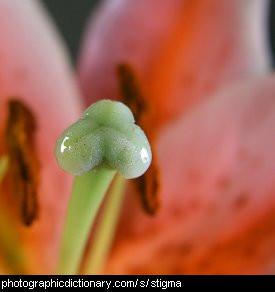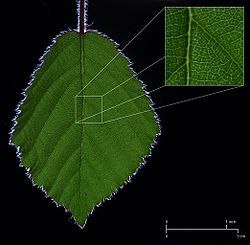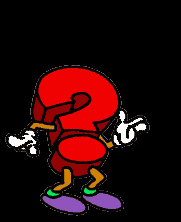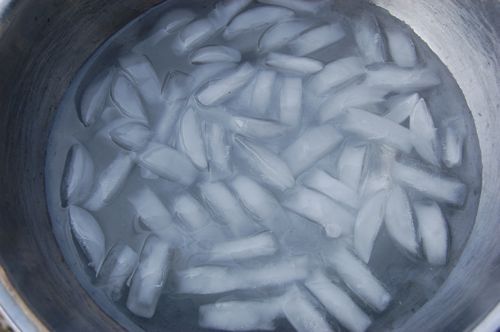
Hey! This is going to be my last blog ever so I hope it is a good one. Today we are going to talk about flowers. You know what I'm talking about the ones that everyone says there pretty and stuff, but to me they are just plants. There is really nothing good about them other than making us oxygen.
So lets get back to the point. This is what we are going to learn about today
- The similarities between the life cycles of angiosperms and gymnosperms
- I am going to list 3 methods of seed dispersal in plants
- I am going to diagram the parts of a flower and label their functions
- Lastly, I am going to name my favorite flower and teach you about it
Similarities Between the Life Cycles of Angiosperms and Gymnosperms
The angiosperms evolved from gymnosperms in the Mesozoic era and became wide spread in the Cenozoic. They both drop seeds on the ground so they can reproduce. The difference though is angiosperms seed is covered by fruit and for the gymnosperm the pine cone protects it. Both life cycles involve alternation of generations. All plants take two generations to complete one life cycle. The sexual phase is called the gametophyte and the asexual phase is called sporophyte. Alternations of generations always includes a sexual phase alternating with an asexual phase.
Diagramming Parts of a Flower
Well, let me start off by saying this. There is a male flower and a female flower. That is a shocker to some of you, but animals and humans aren't the only things that have gender.
The female flower is called a pistil. The pistil has four parts, the style, stigma, ovary, and ovule. The stigma is the top sticky portion of the pistil. It catches pollen when the plant is ready to make it's seed.
The next part is called the style. This part isn't that stylish though so I don't know why they called it that. The style is a tube on the flower that is on top of the ovary and beneath the stigma. It helps to hold and support the stigma.
The next part is the ovary. The ovary is the female reproductive organ of a flower. The flower's eggs can be found in the ovary the ovary holds the eggs. It is located at the bottom of the pistil.
The last female part is the ovule. The ovule is the reproductive cell that produces the egg, which will become a seed. This is inside the ovary.
Now lets talk about the males. The male flower is called a stamen. There is two parts in the stamen is the anther and the filament. The anther produces and holds the pollen. It is the male reproductive cell of a flower.
The last part of the stamen is the filament. There isn't that much to the filament. All it does is holds up the anther.
3 methods of seed dispersal
One method of seed dispersal is wind. The wind blows the seed away. Another method is when gymnosperms put the seeds in the female pine cones and the pine cone falls. The last way I'm going to tell you is that angiosperms drop the fruit that they make. The fruit has seeds
My Favorite Flower
One method of seed dispersal is wind. The wind blows the seed away. Another method is when gymnosperms put the seeds in the female pine cones and the pine cone falls. The last way I'm going to tell you is that angiosperms drop the fruit that they make. The fruit has seeds
My Favorite Flower
My favorite flower is the shamrock. That's right you know what I'm talking about, the 3 or 4 leaf clover.
The family of the shamrock is the oxalidaceae. Not its family like a sister. That's its classification. This plant is very tiny. It can grow only to 0.17 ft. tall. They have small leaves that are green, or silver to cream. The flower color is pink, purple, and white. It's leaves grow in groups of three. They bloom in late Spring to early Summer. The shamrock is native to South America. The shamrock needs moist soil, cool air and direct sun to grow well.
Bye! I hope you had a good time reading my last blog. I'll miss writing to you.



















.gif)






 vascular
vascular  nonvascular
nonvascular











 On the left are the placental mammals and on the right are the marsupials.
On the left are the placental mammals and on the right are the marsupials.
 hair
hair  fur
fur




